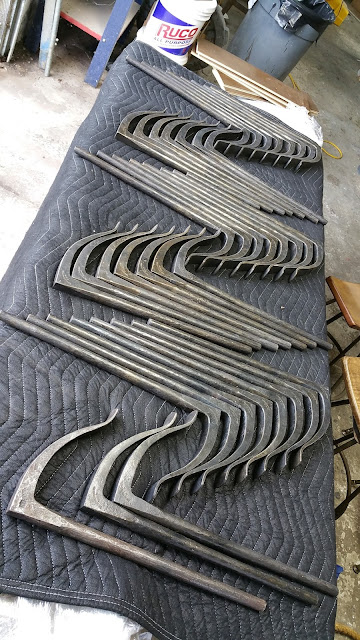We're analog types. That's why we publish our bench plans on paper. These are far more quick to reference during a build than a computer. It's the same reason you see construction workers on site with a roll of blueprints under their arm and not a laptop. Unless that's a hoagie I've been seeing...
But our 3d eDrawing is quite useful for checking how certain components of the bench interact with each other, or for checking a dimension when you're in your office after shop hours. Here's how to do it.
First, download the Solidworks eDrawing viewer by clicking here. On this page, click on the download button. That will take you to a page where you can choose your download depending on your operating system (Windows/Mac.) What you want is the eDrawings Viewer. After a couple more questions (the usual user agreement stuff) you'll be downloading the software.
Once you install the software, download the 3d eDrawing of the Split Top Roubo or Shaker Bench from our Downloads page. They are listed under an image of each bench.
Open the eDrawings program, then open the file. Here's what you'll see:
Navigating eDrawings is easy. The controls are fairly self explanatory. The hand tool lets you pick parts up and move them around. The tape measure lets you, well, measure things. Just play around with it and you'll learn it in just a few minutes. Don't worry, you can't screw up the model. If you've moved too many things around and can't get them back in place, simply open the file again and the model will reassemble itself.
If you're especially
Here's a couple videos on navigating eDrawings. The software version is a bit out of date, but the icons are pretty much all the same in the new one.







